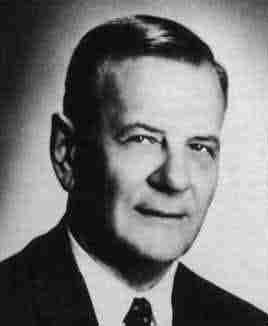Citizenship Polish, American Role Mathematician Name Antoni Zygmund | Nationality Polish | |
 | ||
Institutions University of ChicagoStefan Batory University Doctoral advisor Aleksander RajchmanStefan Mazurkiewicz Doctoral students Alberto CalderonLeonard BerkovitzElias M. SteinPaul CohenEugene Fabes Books Analytic Functions, Intégrales singulières, Trigonometric Series Awards Guggenheim Fellowship for Natural Sciences, US & Canada Similar People Elias M Stein, Stanislaw Saks, Paul Cohen, Georg Cantor, Kurt Godel | ||
Alma mater Uniwersytet Warszawski | ||
Antoni Zygmund | Wikipedia audio article
Antoni Zygmund (December 25, 1900 – May 30, 1992) was a Polish mathematician. He is considered one of the greatest analysts of the 20th century. His main area of interest was harmonic analysis.
Contents
- Antoni Zygmund Wikipedia audio article
- Biography
- Mathematical objects named after Zygmund
- Books
- References
Biography
Born in Warsaw, Zygmund obtained his Ph.D. from Warsaw University (1923) and became a professor at Stefan Batory University at Wilno (1930–39). In 1940, during the World War II occupation of Poland, he emigrated to the United States and became a professor at Mount Holyoke College in South Hadley. From 1945 until 1947 he was a professor at the University of Pennsylvania, and from 1947 at the University of Chicago.
He was a member of several scientific societies. From 1930 until 1952 he was a member of the Warsaw Scientific Society (TNW), from 1946 a member of the Polish Academy of Learning (PAU), from 1959 a member of the Polish Academy of Sciences (PAN), and from 1961 a member of the National Academy of Science in Washington, D.C.. In 1986 he received the National Medal of Science.
His main interest was harmonic analysis. He wrote in Polish what soon became, in its English translation, the standard text in analysis, the two-volume Trigonometric Series. His students included Alberto Calderón, Paul Cohen, Nathan Fine, Józef Marcinkiewicz, Victor L. Shapiro, Guido Weiss, and Elias Stein. He died in Chicago.
His work has had a pervasive influence in many fields of mathematics, particularly in mathematical analysis. Perhaps most important was his work with Calderón on singular integral operators.
